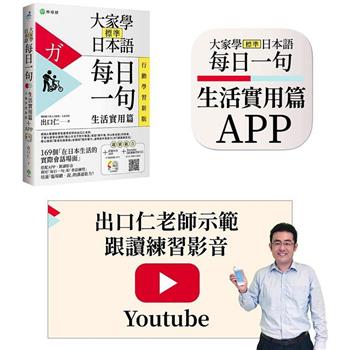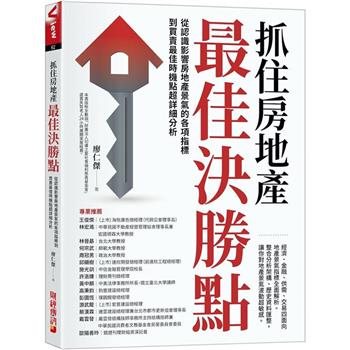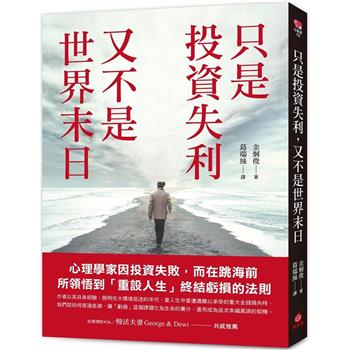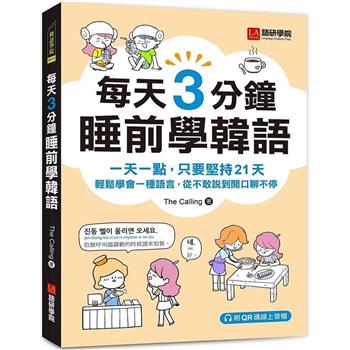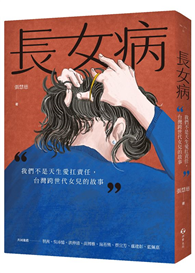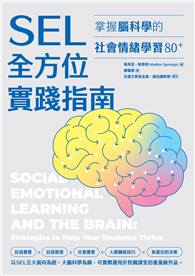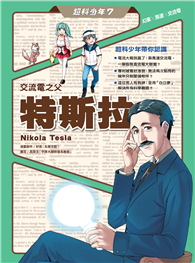序文
MAIIAM當代美術館創辦人Jean-Michel Beurdeley
歐洲的藝術愛好者從20世紀的60年代和70年代才開始欣賞亞洲的插花藝術,但幾乎完全是透過日本的作品來認識花藝。當時日本經濟蓬勃發展,因此日本的機構在歐洲大陸經常贊助其本國的「花道」以及書法等的藝術展覽。因此許多西方人並不 清楚所謂「禪」意境的藝術創作實際上是起源於中國的。
相信有幸參觀過臺北故宮博物院的人,應該都會讚嘆中國文化與藝術的美與宏大,尤其是中國歷代留下來的書法和繪畫。而我們從這些故宮博物院的收藏中可以看到中國古代的繪畫和藝術品已有許多關於插花的描繪。這些一路傳承下來的花卉意象與文化資產即是台灣現今花藝創作的靈感來源。擷取古典元素的台灣現代花卉作品融合了即興自然的巧思與藝術技巧,以莖,葉和花朵揮灑書法與山水畫的線條,表達人與自然界的和諧感。
在2007年至2010年期間,許多泰國友人以及像我這樣旅居在曼谷的外籍人士,得以有機會在黃鴻端女士(Jeane Huang)的曼谷住所欣賞到類似上述的精彩插花創作。這段期間黃女士的夫婿是駐泰國臺北經濟文化辦事處的代表。當時我與我的繼子Eric Bunnag Booth正在籌備位於清邁的一座當代美術館,我於是興起了邀請黃女士將來有一天到美術館策一個花藝展覽的念頭。MAIIAM當代美術館於2016年正式開幕,而2018年2月由黃女士策展,周卉家老師做花藝設計的The Poetic Language of Flowers「花的詩語」特展終於來到了清邁的MAIIAM 當代美術館,實現了我的夢想。同月,黃女士也在曼谷市中心的「金湯普生故居博物館」依據該博物館的泰國古厝特質做了另外一個花藝策展以及「當代空間裡的插花美學」講座。
我希望這本書冊能夠傳達這些花藝作品的深刻美感。這些花藝作品所散發出的生命力的呈現來自於創作者與觀眾之間的互動而產生的情感連結與共鳴,就如同藝術家馬歇爾•杜象的名言:觀眾才是創造作品的人。
Foreword
MAIIAM Contemporary Art Museum Co-Founder Jean-Michel Beurdeley
Art lovers in Europe first learned to appreciate Asian flower arrangements during the 1960s and 1970s, but it was almost entirely through works from Japan. The Japanese economy was booming and Japanese institutions sponsored exhibitions of ikebana, as well as those of the kindred arts like calligraphy, throughout the continent. But many Westerners overlooked the fact that the Zen arts originated in China.
Yet those of us who were fortunate enough to visit Taipei's National Palace Museum were awed to experience China's profound legacy in the fine arts, especially calligraphy and paintings by the great masters of centuries past. Among this trove are many paintings and other art objects that depict the art of flower arrangement as originally practiced in China. Taiwanese practitioners today draw upon this rich visual record and other inspiration to keep Chinese floral arranging alive. Mixing spontaneity with artful deliberation, these botanical works evoke calligraphic lines using stems, leaves and blossoms. Often, they convey a sense of harmony between man and nature.
Many Thais and foreign residents like myself came to enjoy such Chinese flower creations during 2007-2010, when Jeane Huang was living in Bangkok, where her husband served as head of the Taipei Economic and Cultural Office. She did marvelous arrangements for display at their home. I suggested someday hosting a flower show at the museum that my stepson Eric Bunnag Booth and I were then planning to establish in Chiang Mai.
MAIIAM Contemporary Art Museum opened in 2016 and in February 2018 our dream came true when we presented the exhibition The Poetic Language of Flowers featuring the extraordinary works of flower master Jolene Jou and curated by Jeane Huang. A related exhibition, demonstration and talk also took place in Bangkok at the Jim Thompson House Museum.
I hope that this catalogue will convey the deep beauty of these floral works.
Each arrangement comes to life as a process of interconnection and emotional resonation between its creator and the audience. If I may quote Marcel Duchamp, "It is the viewer who makes the picture."
| FindBook |
|
有 1 項符合
在當代美術館捻花惹草(中英對照)的圖書 |
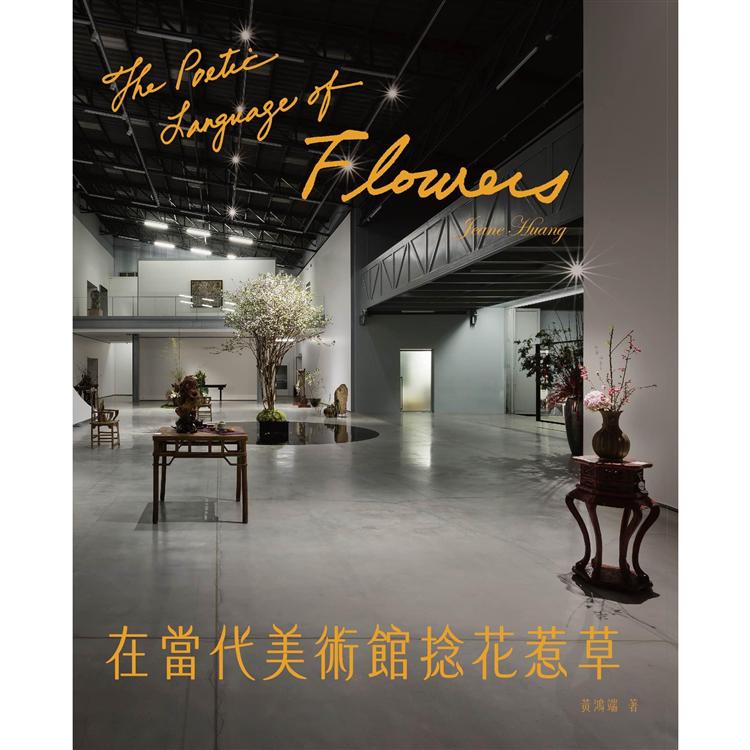 |
$ 395 ~ 475 | 在當代美術館捻花惹草(中英對照)【金石堂、博客來熱銷】
作者:黃鴻端 出版社:大果文化顧問股份有限公司 出版日期:2021-03-01  共 6 筆 → 查價格、看圖書介紹 共 6 筆 → 查價格、看圖書介紹
|
|
|
美術
美術是指讓人直接在視覺上獲得美感的藝術,主要指繪畫和雕塑,也可以指工藝美術和建築藝術,現代還可以指攝影和與藝術有關的設計,是各種視覺藝術的總稱。
 維基百科
維基百科
圖書介紹 - 資料來源:TAAZE 讀冊生活 評分:
圖書名稱:在當代美術館捻花惹草(中英對照)
本書紀錄策展人在2018年為泰國清邁MAIIAM當代美術館策展“The Poetic Language of Flowers”及曼谷金湯普森故居博物館“The Rhythm of Flowers”兩檔展覽之策展論述、展覽紀實與花絮。甚至將泰國金湯普森故居博物館中塵封許久的器皿,在多年後得以再度被作為花器使用,重新被賦予使命地展示於大眾面前。
作者簡介:
作者 黃鴻端
東海大學外文系畢業
泰國朱拉隆功大學文化藝術管理碩士
大果文化創辦人
當代藝術沙龍展藝術總監
About the Author
Jeane Huang
BA in Western Literature, Tunghai University
MA in Cultural Management, Chulalongkorn University, Thailand
Founder, Core Cultural Management Co., Ltd.
Art Director, Contemporary Art Salon, Taipei
作者序
序文
MAIIAM當代美術館創辦人Jean-Michel Beurdeley
歐洲的藝術愛好者從20世紀的60年代和70年代才開始欣賞亞洲的插花藝術,但幾乎完全是透過日本的作品來認識花藝。當時日本經濟蓬勃發展,因此日本的機構在歐洲大陸經常贊助其本國的「花道」以及書法等的藝術展覽。因此許多西方人並不 清楚所謂「禪」意境的藝術創作實際上是起源於中國的。
相信有幸參觀過臺北故宮博物院的人,應該都會讚嘆中國文化與藝術的美與宏大,尤其是中國歷代留下來的書法和繪畫。而我們從這些故宮博物院的收藏中可以看到中國古代的繪畫和藝術品已有許多關於...
MAIIAM當代美術館創辦人Jean-Michel Beurdeley
歐洲的藝術愛好者從20世紀的60年代和70年代才開始欣賞亞洲的插花藝術,但幾乎完全是透過日本的作品來認識花藝。當時日本經濟蓬勃發展,因此日本的機構在歐洲大陸經常贊助其本國的「花道」以及書法等的藝術展覽。因此許多西方人並不 清楚所謂「禪」意境的藝術創作實際上是起源於中國的。
相信有幸參觀過臺北故宮博物院的人,應該都會讚嘆中國文化與藝術的美與宏大,尤其是中國歷代留下來的書法和繪畫。而我們從這些故宮博物院的收藏中可以看到中國古代的繪畫和藝術品已有許多關於...
顯示全部內容
目錄
序文 /MAIIAM當代美術館創辦人 Foreword/ Co-Founder, MAIIAM Contemporary Art Museum
策展人的話 Notes from the Curator
MAIIAM當代美術館簡介 MAIIAM Contemporary Art Museum
中庭老樹 An Old Tree in the Courtyard
從插花看見生命的美與衰 Life Is Like Flowers, From Vibrant to Withered
天圓地方之間 In Between the Round Heavens and Square Earth
宇宙 Cosmo, Yu Zhou
展場裝置與燈光設計 Installations and Lightings
有關花之中國古典詩詞選 Selected Classical Chinese Poems About Flowers
天方 Squa...
策展人的話 Notes from the Curator
MAIIAM當代美術館簡介 MAIIAM Contemporary Art Museum
中庭老樹 An Old Tree in the Courtyard
從插花看見生命的美與衰 Life Is Like Flowers, From Vibrant to Withered
天圓地方之間 In Between the Round Heavens and Square Earth
宇宙 Cosmo, Yu Zhou
展場裝置與燈光設計 Installations and Lightings
有關花之中國古典詩詞選 Selected Classical Chinese Poems About Flowers
天方 Squa...
顯示全部內容
|
